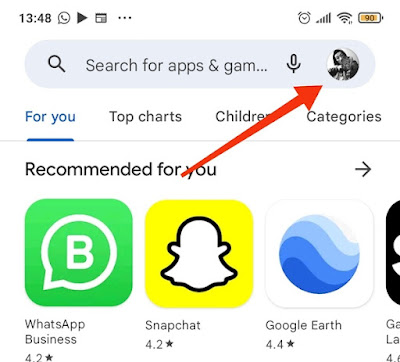Malware comes in the forms of viruses, spyware, adware, and other different types, and can as well be a bit difficult to identify on your Android smartphone. Every day, cybercriminals employ different techniques that are capable of bypassing even the best Android malware checker out there. So how can you scan and remove malware from your Android smartphone? In this article, you will learn how to identify and remove malware on an Android smartphone.
Table Of Content
What Is Malware?
Wikipedia defines malware as any software intentionally designed to cause disruption to a computer, server, client, or computer network, and also to leak or steal private information, or gain unauthorized access to information or systems.
Android Malware List
Malware is often found disguising itself as software, file, media, or something that is desired by many, and not appearing malicious to the users. Malware comes in the following forms:
- Ransomware: This form of malware will hold hostage files or functionality of the victim's phone, computer, server, and other systems on the network until a certain amount of money is paid to the hackers. When the victim fails to pay, the files on the device held hostage will be erased.
- Trojan Horse: This malware is designed to look legitimate and safe so as to gain access to an unsuspecting user's computer where it will then perform malicious activities.
- Adware: This type of malware is designed to generate money for its creators by frequently displaying ads in the form of pop-ups, and sometimes redirecting you to web pages or applications, which can be malicious too.
- Banker Malware: The sole purpose of this malware is to steal the victim's bank credentials without their knowledge.
- SMS Malware: The aim of this malware is to manipulate infected devices to send and intercept text messages resulting in SMS charges without your knowledge.
- Spyware: This malware monitors and records information about the victim's activity without their knowledge or permission.
- Mobile Bot Networks: This refers to a network of devices infected with malware and is remotely controlled and designed to carry out DDoS attacks, crypto mining, or other distributed malicious activity.
- Rooting Malware: This roots the device installed upon it, thereby unlocking the operating system and gaining access to escalated privileges.
How Do I Know If My Phone Has Malware?
How to know if your smartphone is hacked? There are different Android malware detection tools out there that might help you check if your Android smartphone has been compromised. Though these Android malware detection tools work, they are not always reliable. So I prefer to look out for signs that show your smartphone has been compromised. These include:
- Battery drains faster
- Pop-up ads
- An increase in data usage or consumption
- Increase in your phone bill
- Your phone and apps keep crashing
- Unexplained and unfamiliar apps on your phone
- Phone overheats
- Slow or reduced performance of your phone
- Your Smartphone suddenly becomes rooted mysteriously
- Background noise / electronic interference during a call
- Google Play Protect has been disabled mysteriously
How Do I Check My Android Phone For Malware And Get Rid Of It
Now that you know the signs your smartphone exhibits when it's infected with malware, the next step is how to scan for malware on your Android smartphone. Uh, but how can you remove Android malware? Not to worry, this method includes steps to get rid of malware too.
There are many Android malware detection tools that can also do this job. However, I prefer to use Google Play Protect to get this done. Follow the below steps:
- Open your Google Play Store app
- Click on your image or profile icon at the top-left corner of your screen.
- Select Play Protect
- Click on Scan
- Now, wait for it to perform the scan. If your smartphone has any harmful app, you will be given an option to disable it.
How To Stay Safe From Malware
We have listed 11 top ways to stay safe from malware on your Android smartphone.
- Remove or uninstall apps that you don't regularly use.
- Uninstall apps that magically showed up on your device or you don't remember installing
- Turn off installation from unknown source
- Don't click on alien links received via text or social media platforms
- Download applications only from trusted sources such as the Google Play Store
- Avoid downloading applications from third-party app stores or links sent via SMSs, emails, WhatsApp, Facebook, etc.
- Check the download count of the app on the Google Play Store. However, some malicious apps might as well be downloaded thousands or millions of times too, which leads us to the next step.
- Check the reviews and ratings of any app before downloading. Though some excellent ratings and reviews might be fake, keep an eye out for those with low ratings and see what they have to say.
- Some malicious developers will spoof the original application and developer's name so as to confuse users into downloading fake ones. So look out for grammatical errors and even typos.
- Read the pop-up messages you get from the Android system before accepting any new permissions.
- Get rid of pop-up ads and redirects coming from your browser.




